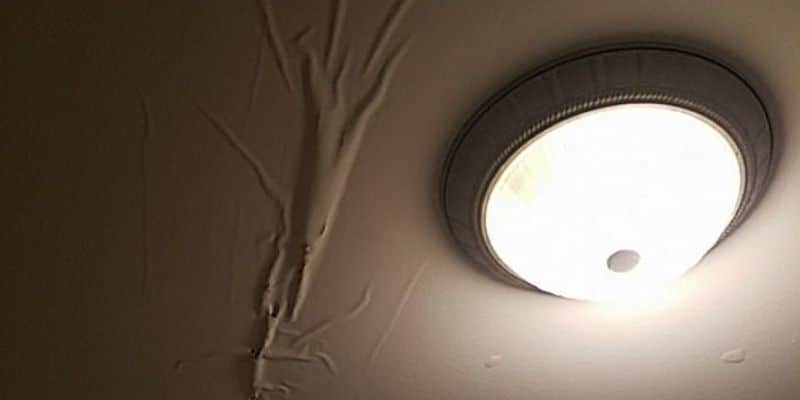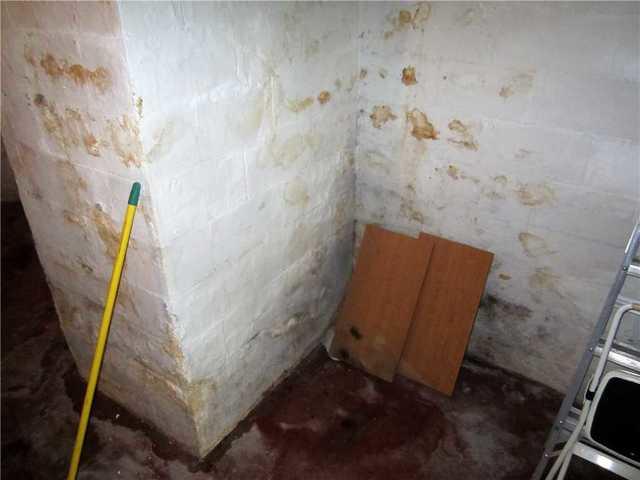Quick Inspection and Repairs for Water Stains on Walls
Quick Inspection and Repairs for Water Stains on Walls
Blog Article
Presented here in the next paragraph you will discover some really good tips about Indicators of Water Damage Behind Walls.

Water spots on walls are not positive to the eyes. Your residence ought to lack discolorations on the wall surfaces, roof covering, or floors. That is the excellent state of a house as well as its structures. Sometimes it seems practically inevitable to experience water stains on wall surfaces in residences.
Home owners residing in humid areas constantly deal with the fear of water discolorations on wall surfaces. Yet that doesn't have to hold true for you. With precise as well as all-around details on the reasons for water discolorations as well as punctual repair processes, you will constantly be an action ahead of such incidents. This short article guarantees to be a valuable guide for you.
3 Common Sources Of Water Spots on Walls
As opposed to common belief, water stains on wall surfaces do not constantly originate from poor structure products. There are a number of causes of water discolorations on wall surfaces. These consist of:
Poor Water drainage
When making a structure plan, it is important to make certain ample water drainage. This will certainly prevent water from seeping right into the walls. Where the drainage system is obstructed or nonexistent, underground moisture accumulates. This web links to extreme dampness that you notice on the walls of your structure.
So, the leading cause of damp walls, in this instance, can be an inadequate drain system. It can likewise be due to bad administration of sewage pipes that go through the structure.
Moist
When hot wet air consults with dry cool air, it causes water beads to form on the wall surfaces of structures. This happens in shower rooms and cooking areas when there is steam from food preparation or showers. The water droplets can discolor the bordering walls in these parts of your house as well as spread to other locations.
Wet or condensation impacts the roof covering and also wall surfaces of buildings. This creates them to appear darker than various other locations of the home. When the wall is wet, it develops an appropriate setting for the growth of fungi as well as germs. These may have negative effects on wellness, such as allergies and also respiratory problems.
Pipe Leaks
A lot of residences have a network of water pipelines within the wall surfaces. It constantly boosts the stability of such pipelines, as there is little oxygen within the wall surfaces.
A drawback to this is that water leakage impacts the walls of the building and causes widespread damage. A dead giveaway of defective pipes is the look of a water tarnish on the wall surface.
Water Stains on Wall Surface: Repair Tips
When dealing with water stains, property owners would normally desire a fast solution. Yet, they would certainly quickly understand this is counterproductive as the water stains persist. So, here are a few handy suggestions that will guide you in the repair service of water discolorations on wall surfaces:
Pro Pointer
A houseplant in your home also enhances its humidity. So, if your home is already humid, you may want to introduce houseplants with marginal transpiration. An instance of appropriate houseplants is succulents.
Conclusion
No one wants to have water stains on wall surfaces in their residence, it can occur to the finest of us. This short article gives you utilize, as you now know how to manage this problem if it does happen.
It is always best to hire specialist solutions to assist repair the problems in your home.
Sometimes it appears virtually unavoidable to experience water discolorations on wall surfaces in houses.
Contrary to preferred idea, water spots on walls do not constantly stem from bad structure products. There are several reasons of water discolorations on walls. The water droplets can discolor the surrounding wall surfaces in these parts of your home and also spread to other areas.
Right here are a few handy ideas that will lead you in the repair service of water stains on wall surfaces:
What To Do About A Water Stain On The Ceiling
Why This is Important
Not only are water stains a cosmetic issue, but they can also indicate that there is a leak in the home that needs to be fixed. Sometimes, this may be the first indicator of a bigger problem brewing or may have been a one time leaky issue. It is important to investigate to make sure it is under control before you possibly have thousands of dollars in repairs.
Identify the Cause of the Water Stain on the Ceiling and Where to Start
It is important to identify the cause of the water stain on the ceiling first so you can fix it. Start first with the roof to see if there are leaky shingles or missing shingles, missing flashing, or weakened seals around roof vents. You may need to get on top of the roof to look or call a professional to check for you. It is possible that water is coming into the home from the roof. So you will want to have the professional take a look to see if this is the issue.
Also, look in the attic to see if there is a pool of water and that will also help you to know if there is water leaking into the home.
Radiator or Air Handler on 2nd floor
In colder parts of the country, there may be a radiator on the second floor. Radiators are used to keep rooms warm in the cold months and do wear out or need replacing. Does the radiator have a pool of water underneath it or any dripping? If yes, this could be the problem and causing the water stain on the ceiling. Check the model of the radiator and see if it is something you can do yourself or call a professional to check the body, pipe, and the valve for leaks.
The same is true for those who have an air handler on the second floor. Did your AC stop working? Or do you see water leaking? The drip pan (if you have one) on an HVAC unit collects the water and it can become clogged and back up. The float switch (again, if you have one) will activate as soon as the water reaches a certain level and shut down the HVAC unit, thus not allowing the water to continue to flow. Make sure the HVAC doesn t become clogged and checking this monthly is a good idea.
Upstairs Bathroom Can Cause a Water Stain on the Ceiling
Bathrooms are often the culprit as caulking wears out after about 10 years and needs replacing. Is the home older than 10 years? This may be the issue. While checking the caulking in the bathroom around the sinks, toilets, and shower/bath, also check for black mold in the shower. Might as well rule everything out while you are looking for the source.
Other areas to look at are toilets clogging and overflowing. Do you see water near the toilet on the floor? This could be the seal is broken on the toilet and it needs replacing. Also, adding caulk to the toilet to connect it to the floor is a good idea. If the toilet is continuously running, you can shut off the water and do the water meter test.
Write down the number on the water meter and then turn off the water for three hours. When you turn it back on, check the number on the water meter. If it has increased, then you have a leak in the indoor plumbing.
Taking care of these areas is essential as sewer gases can also be escaping. Sometimes these issues will soak the ceiling below and clog in sinks and drains in the shower can also cause flooding in a bathroom.
Put a Drop Cloth on the Floor
With goggles on and gloves, put a drop cloth on the floor. Then, take 3 glasses of warm water and one cup of bleach and mix it together. Set up a ladder and climb up to the stain. Use a sponge that is soaked in the concoction to rub it on the water stain to get it to come off. Take a spray bottle of plain water and spray the stain to get the bleach mixture off. This is important because you want to be able to prime it and paint it. Take a dry towel and rub the stain to help it dry faster. Next, put painters tape around the ceiling if the spot is near the walls. Apply an Oil Based, Stain Blocking Primer
Apply an oil based, stain blocking primer that is mold resistant that matches the ceiling. It is important to put the primer on first so the paint doesn t soak into the ceiling. If you have a flat ceiling, you can use a paint roller with an extension to apply it. Once the primer has dried, apply the paint. If you have a textured ceiling, a spray on primer might work better.
Choose a Latex or Alkyd Ceiling Paint
The latex ceiling paint is water-based and dries faster than the oil-based paints and also is thicker than wall paint. Make sure that the paint matches the ceiling color. Using a roller, paint it on over the primer and let it dry for up to four hours. Then, apply a second coat and let it dry. The second coat should make the stain disappear.
https://insideandoutpropertyinspectors.com/water-stain-on-ceiling/

We hope you liked our piece about How to Find and Repair Water Leaking in the Wall. Many thanks for finding the time to browse our blog. Those who liked our article plz remember to share it. Many thanks for your time. Visit us again soon.
Or Book Technician Here Report this page